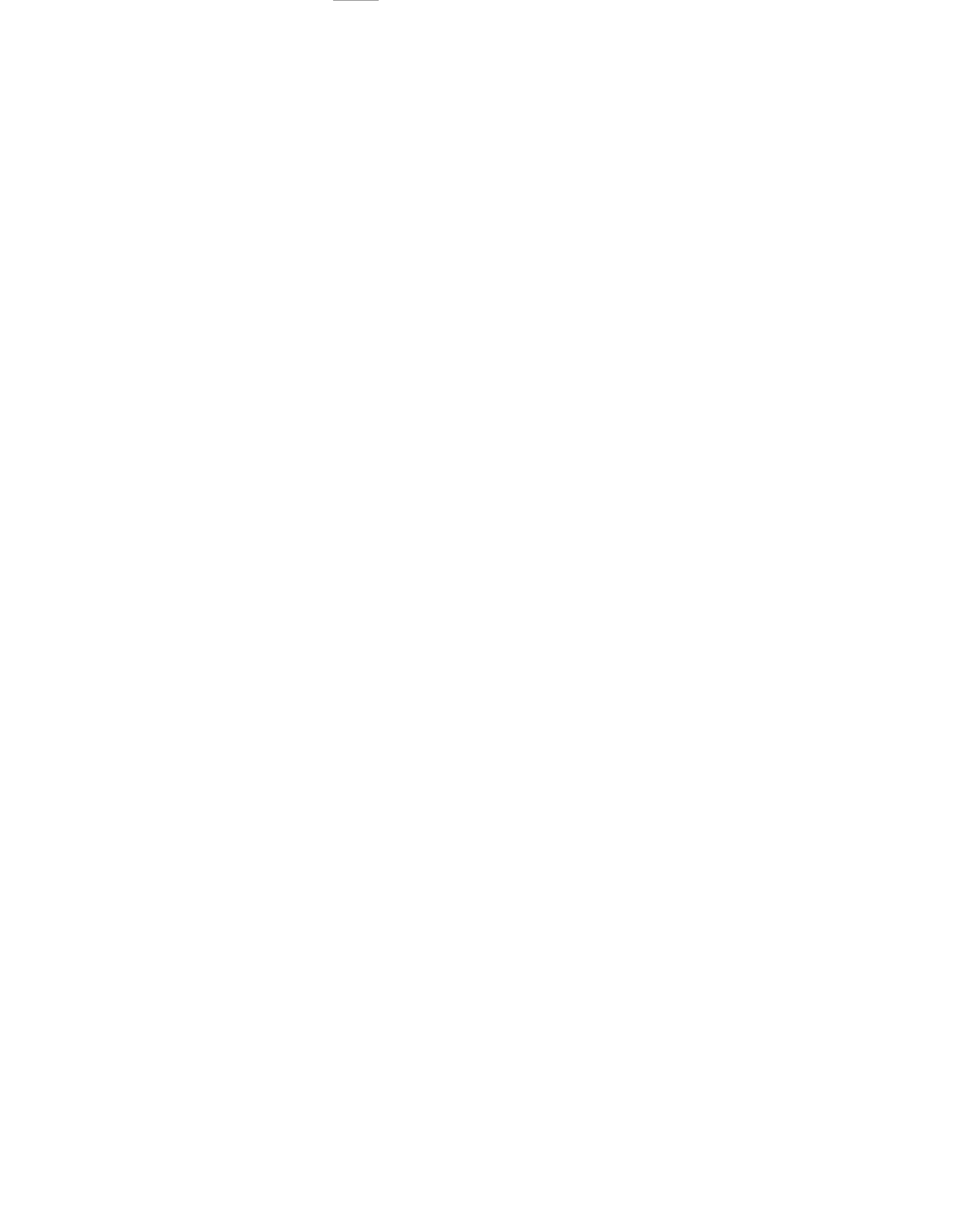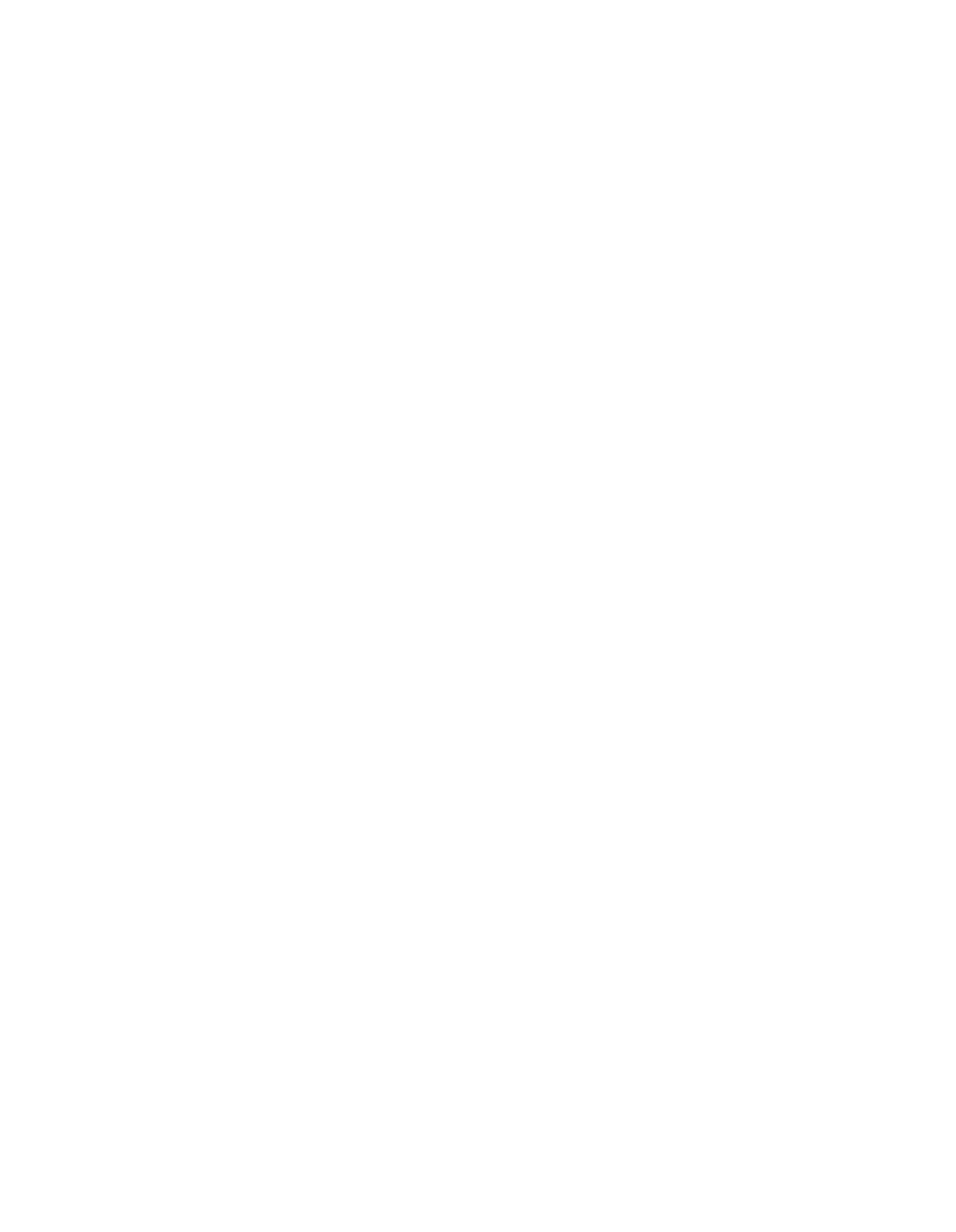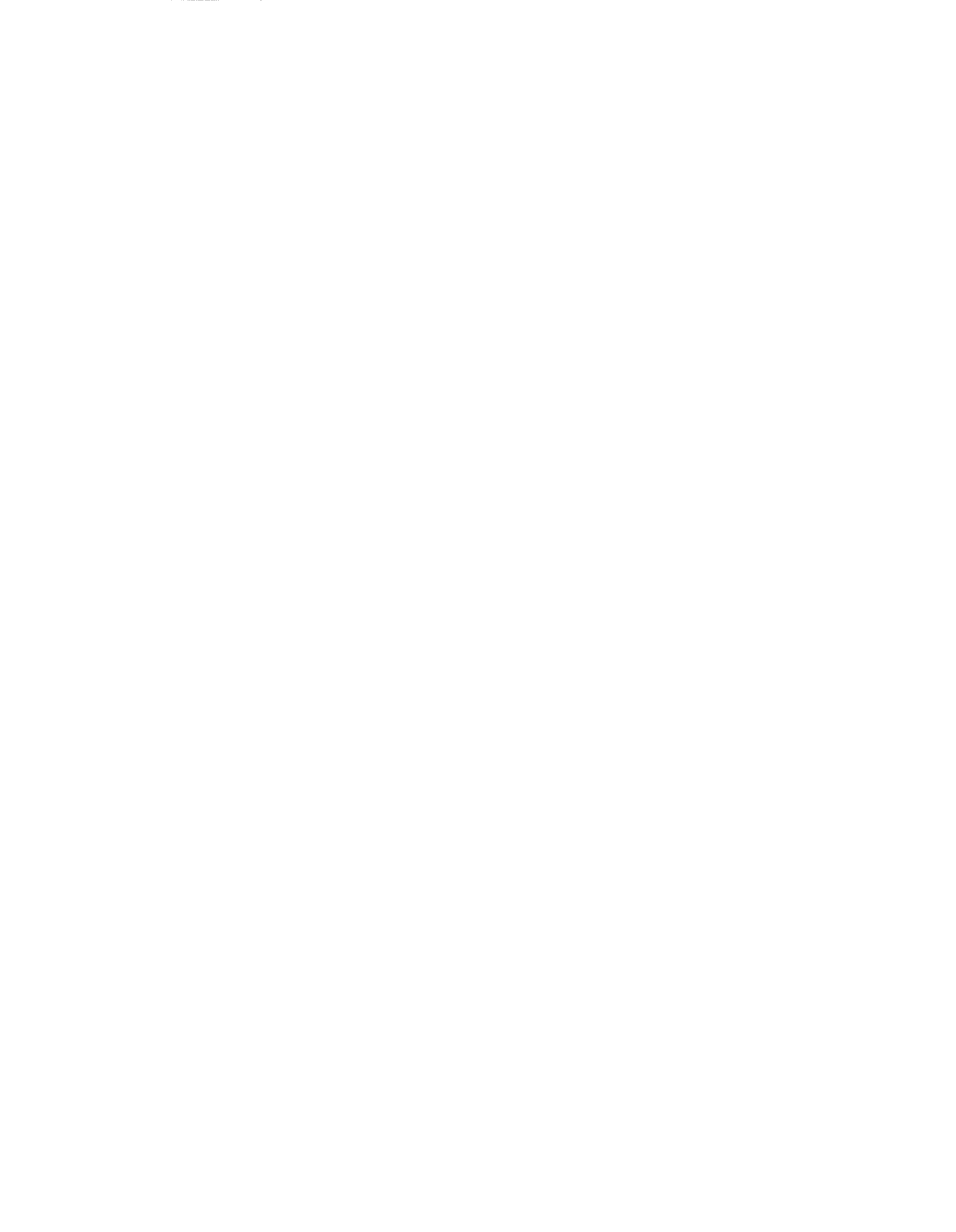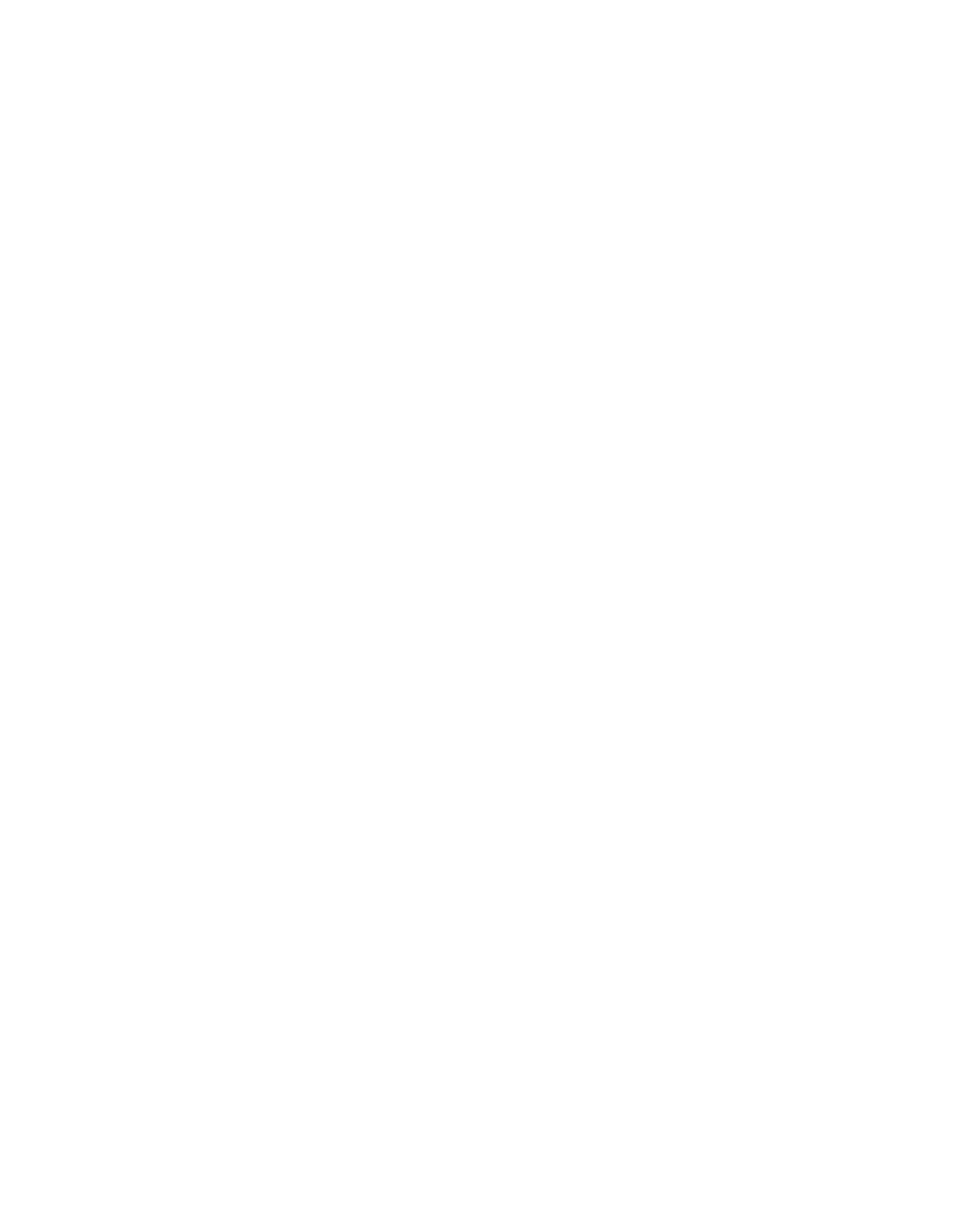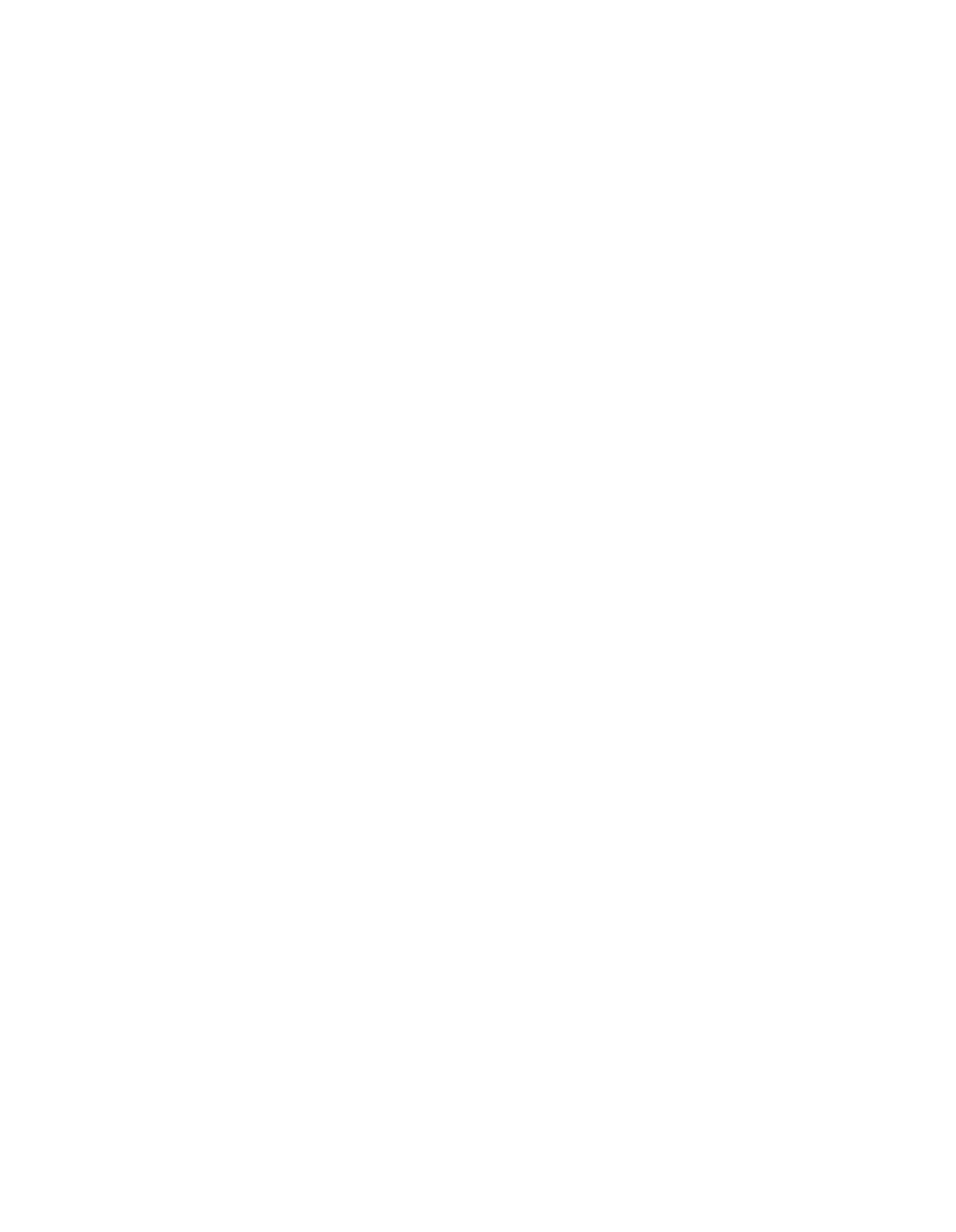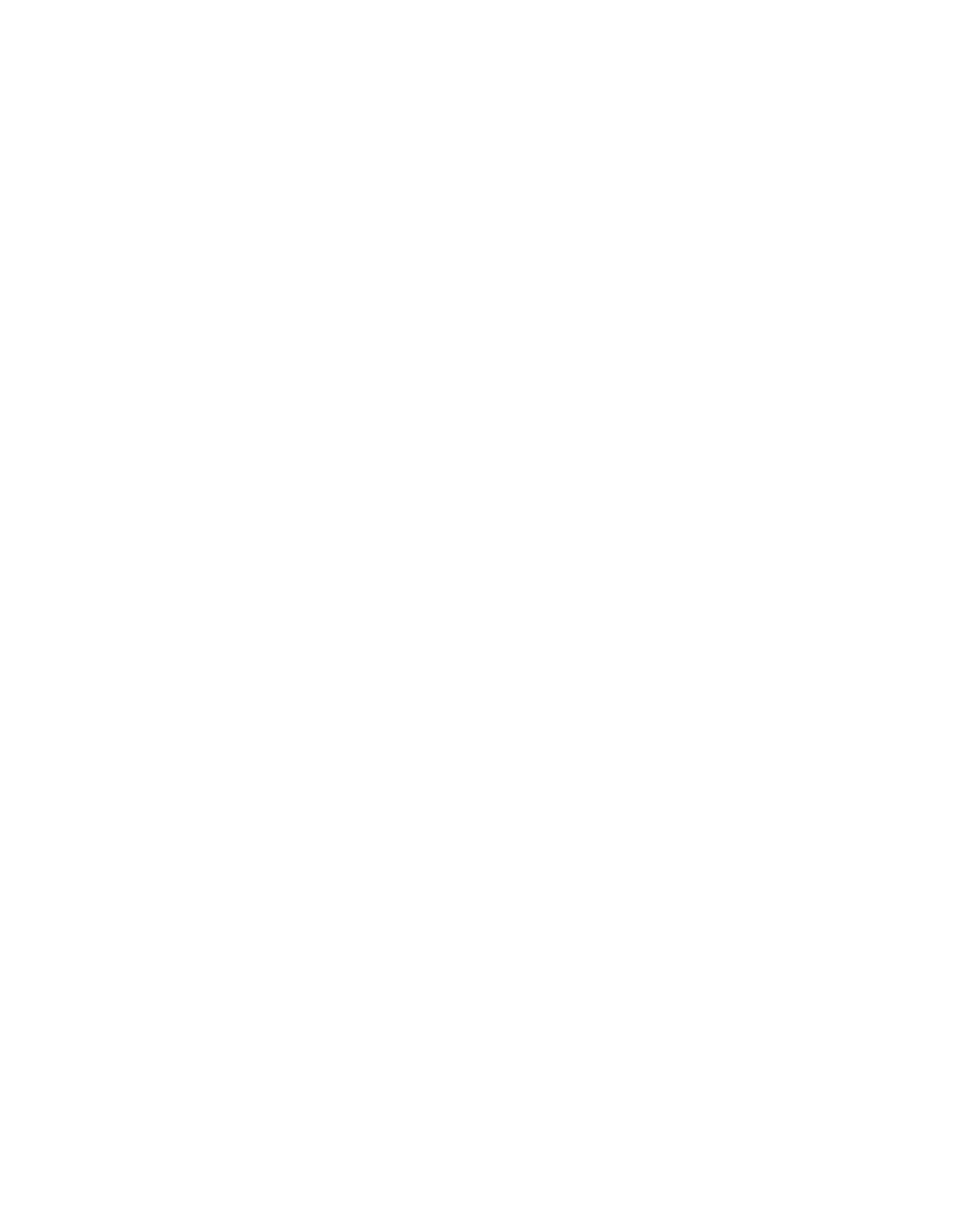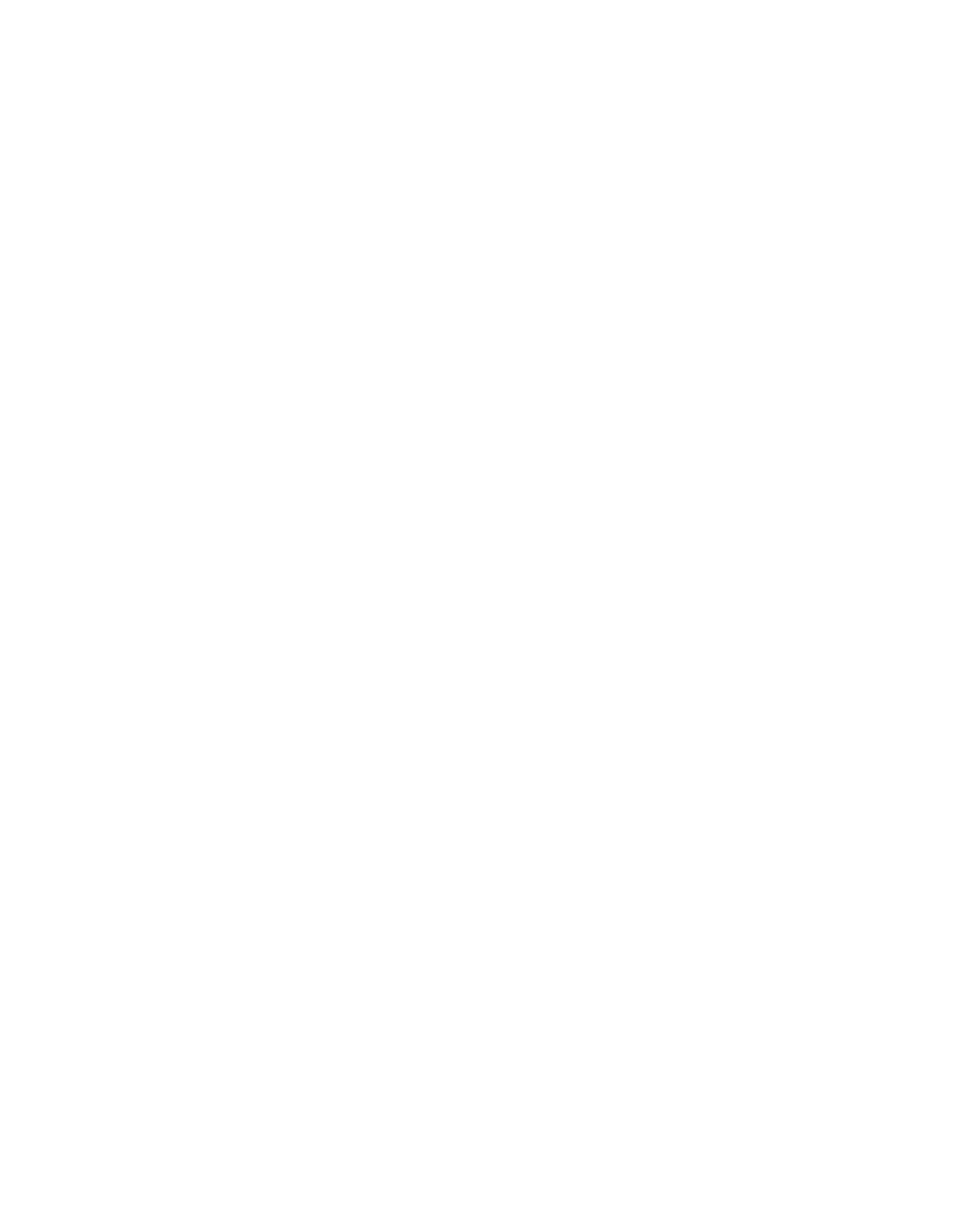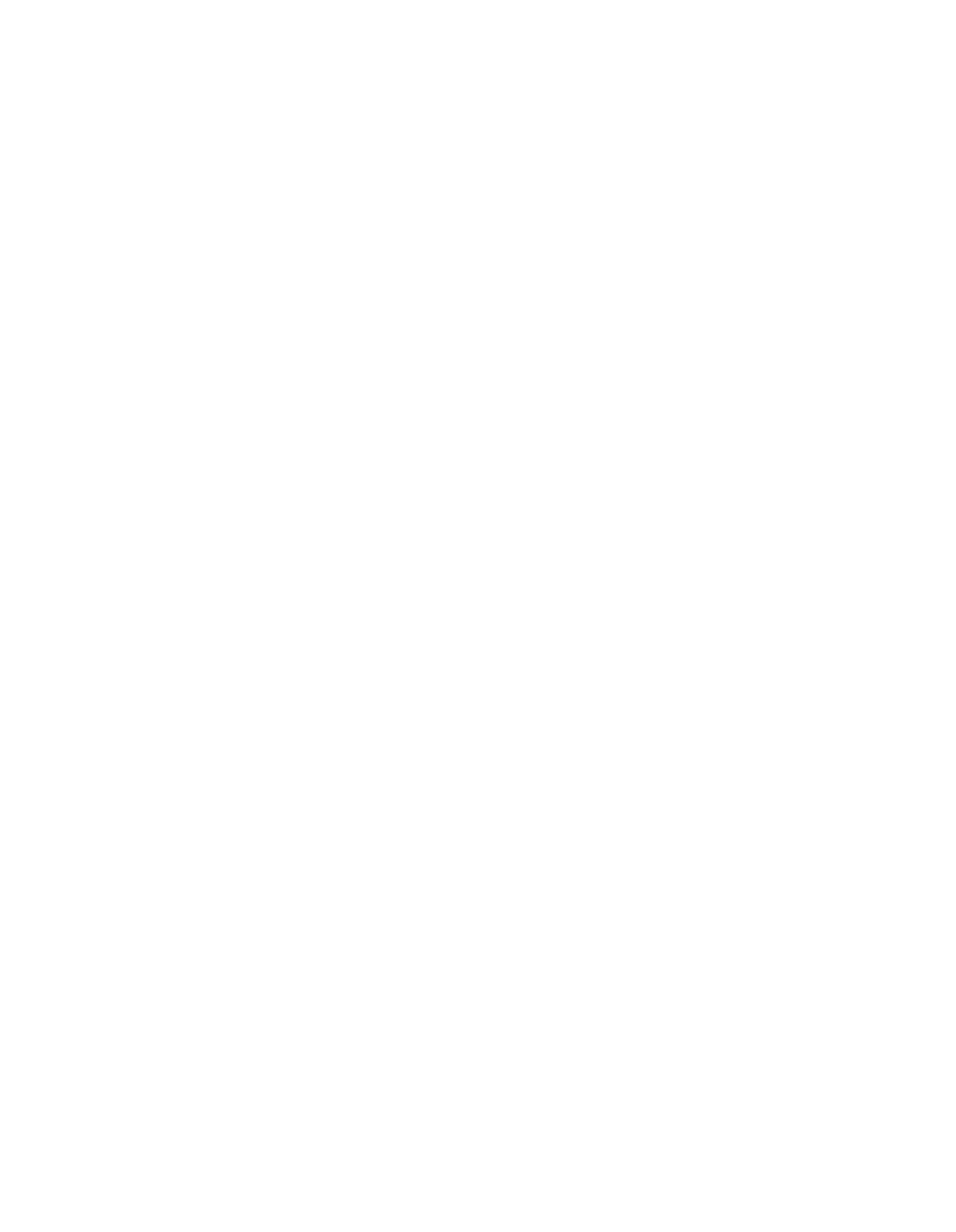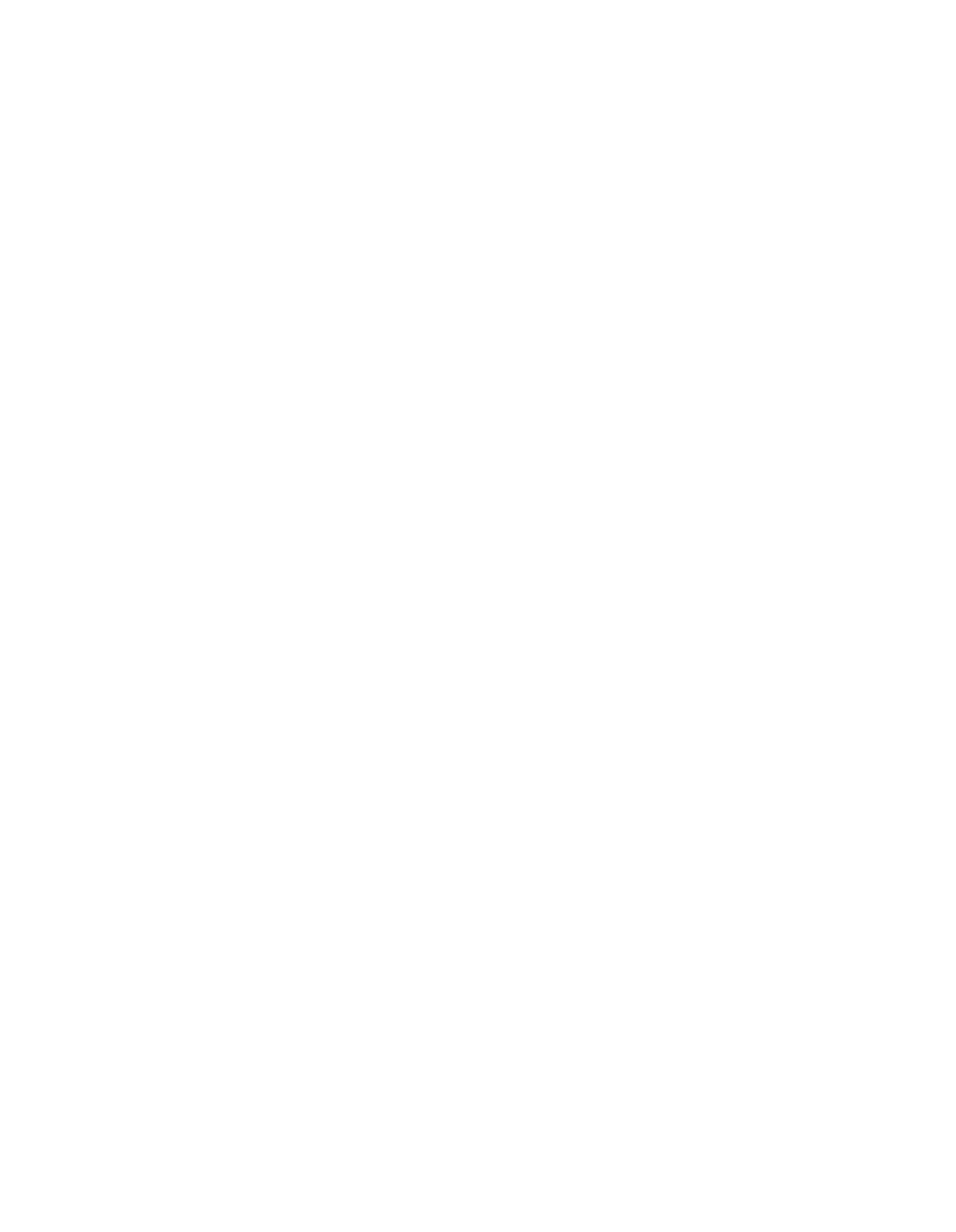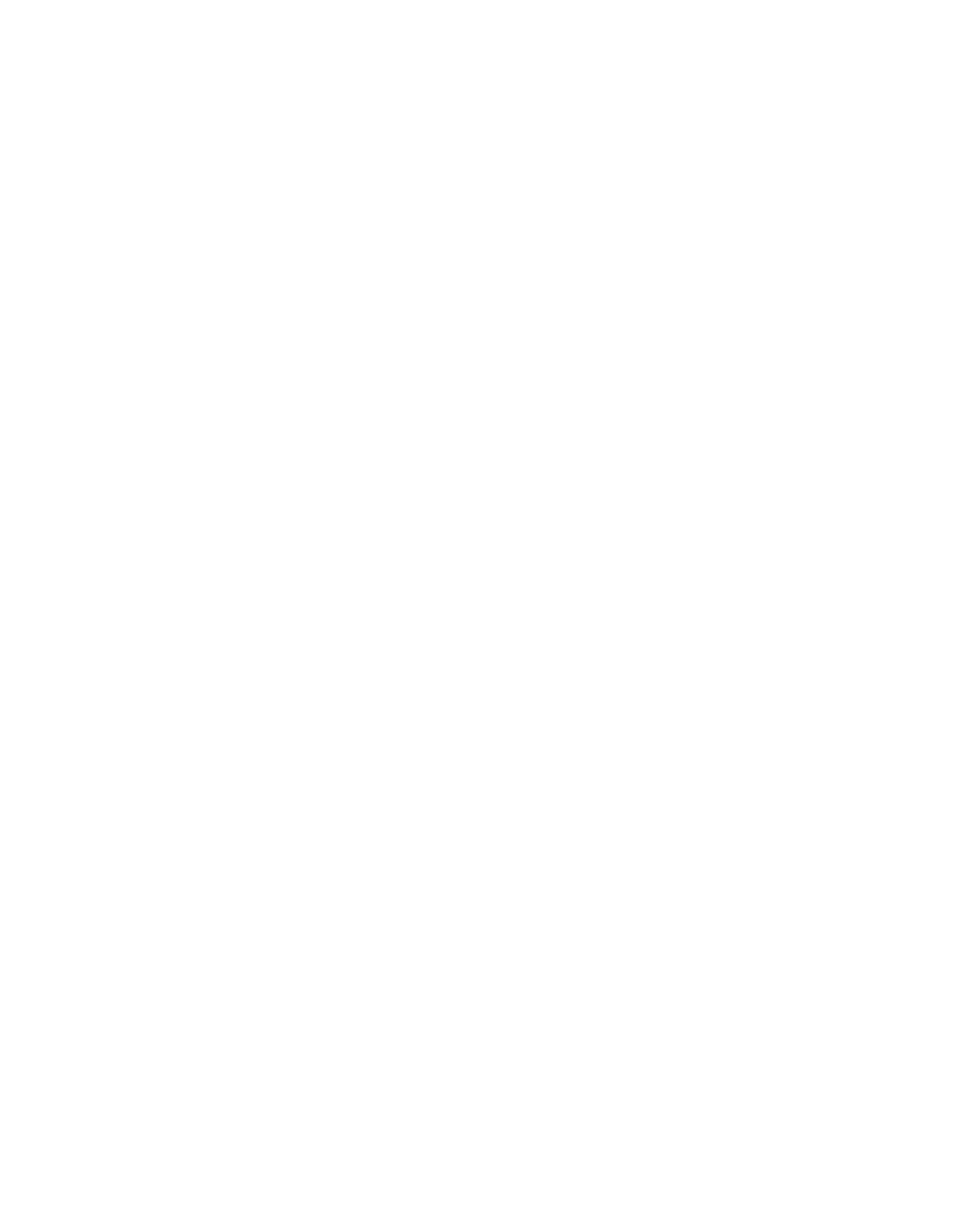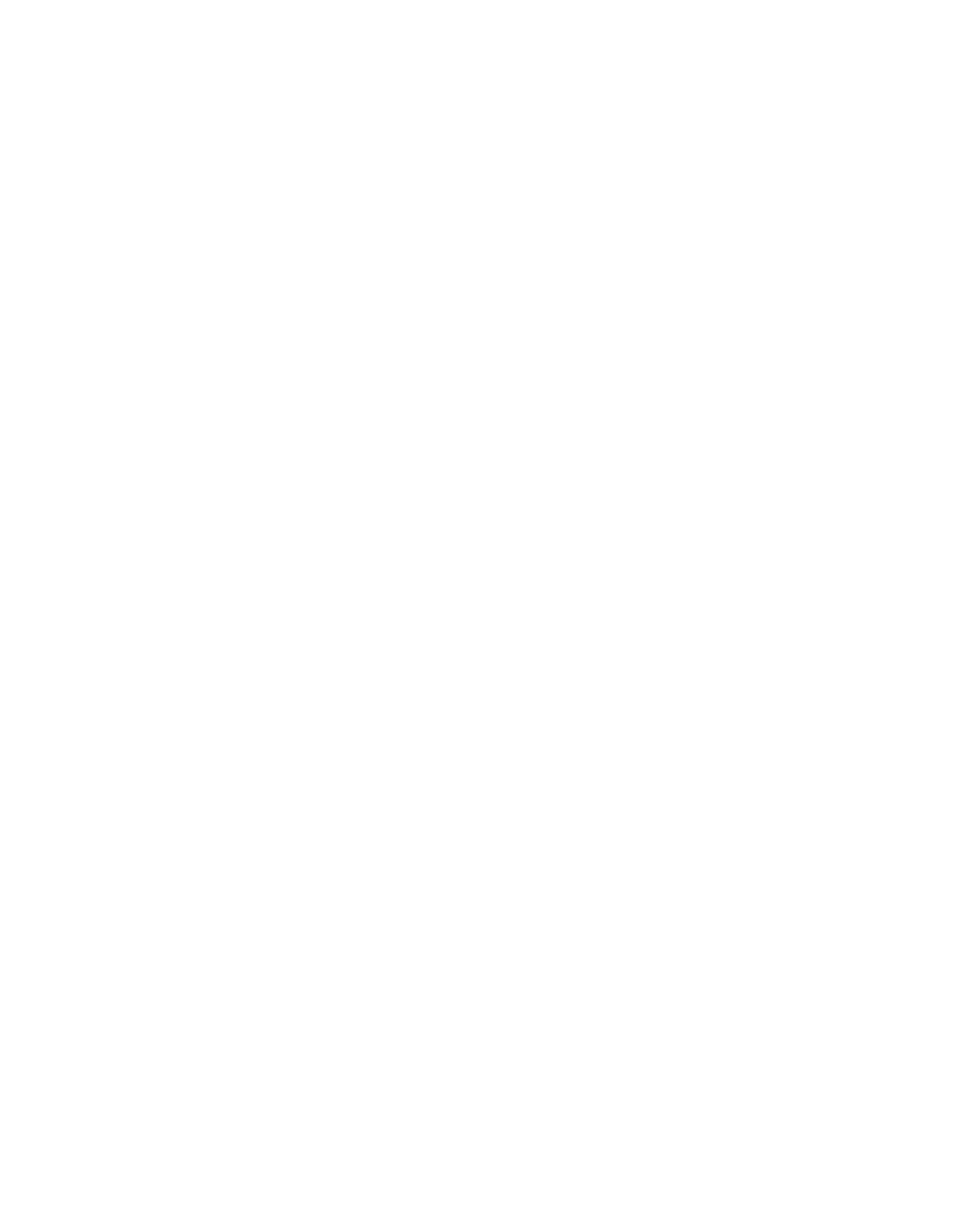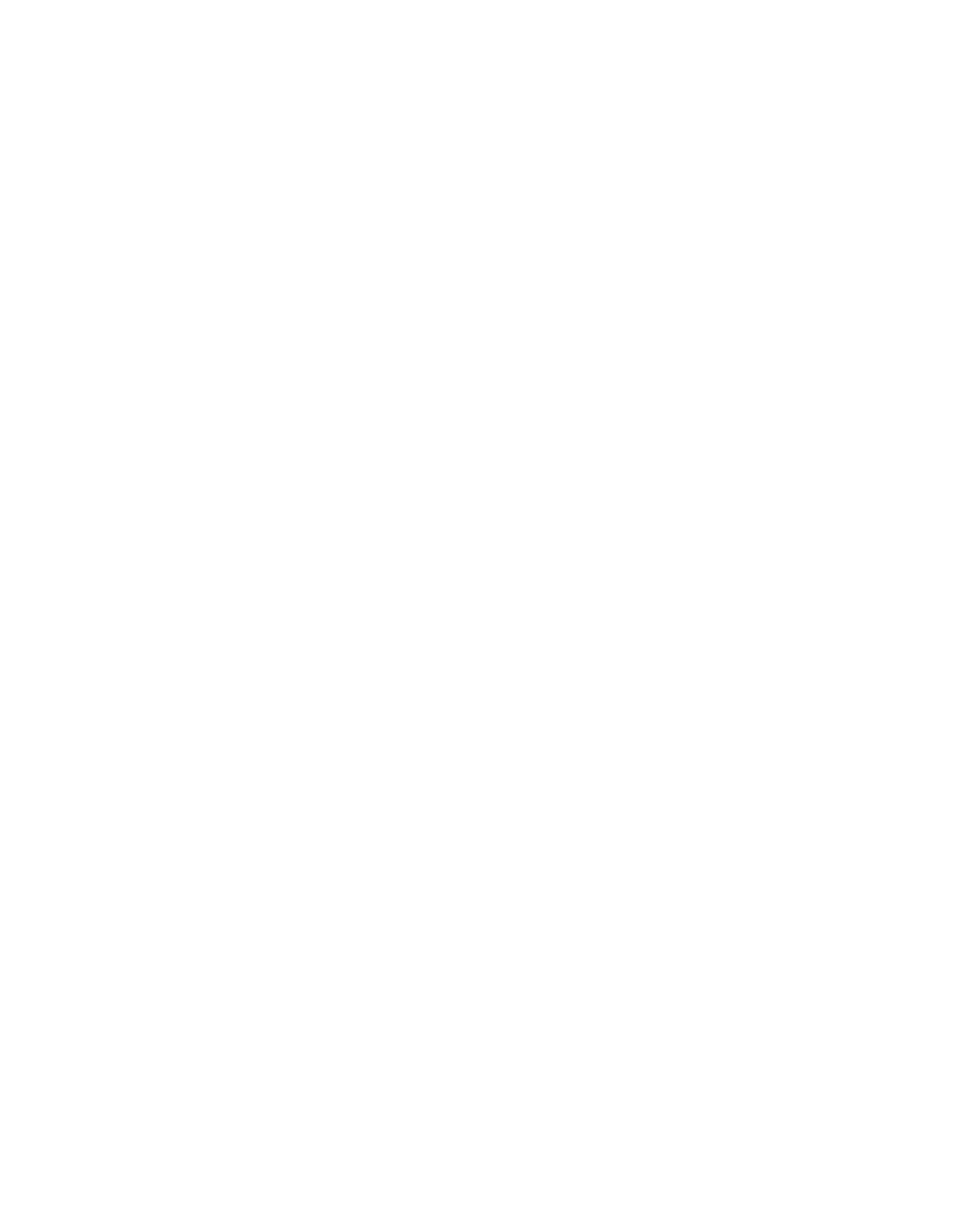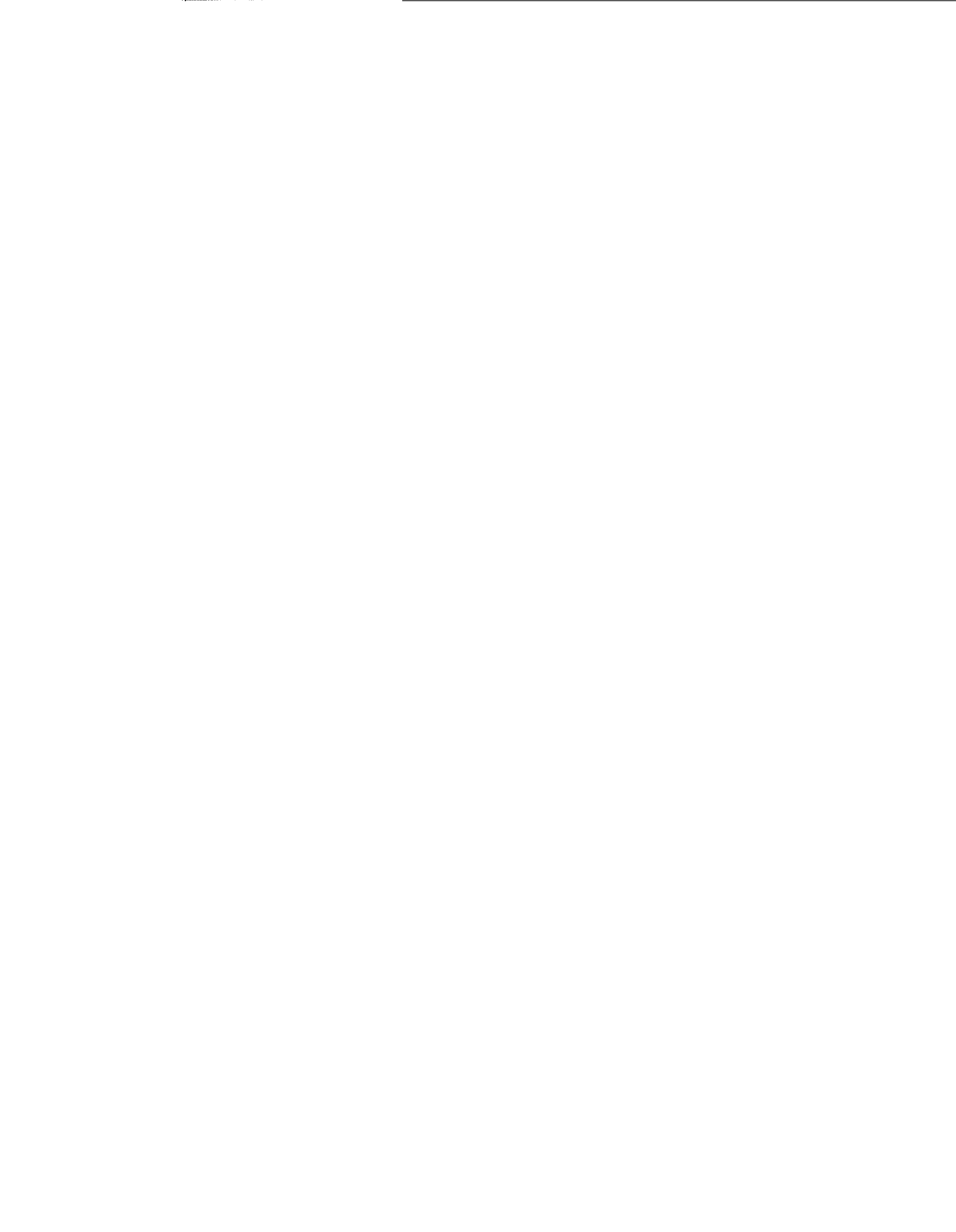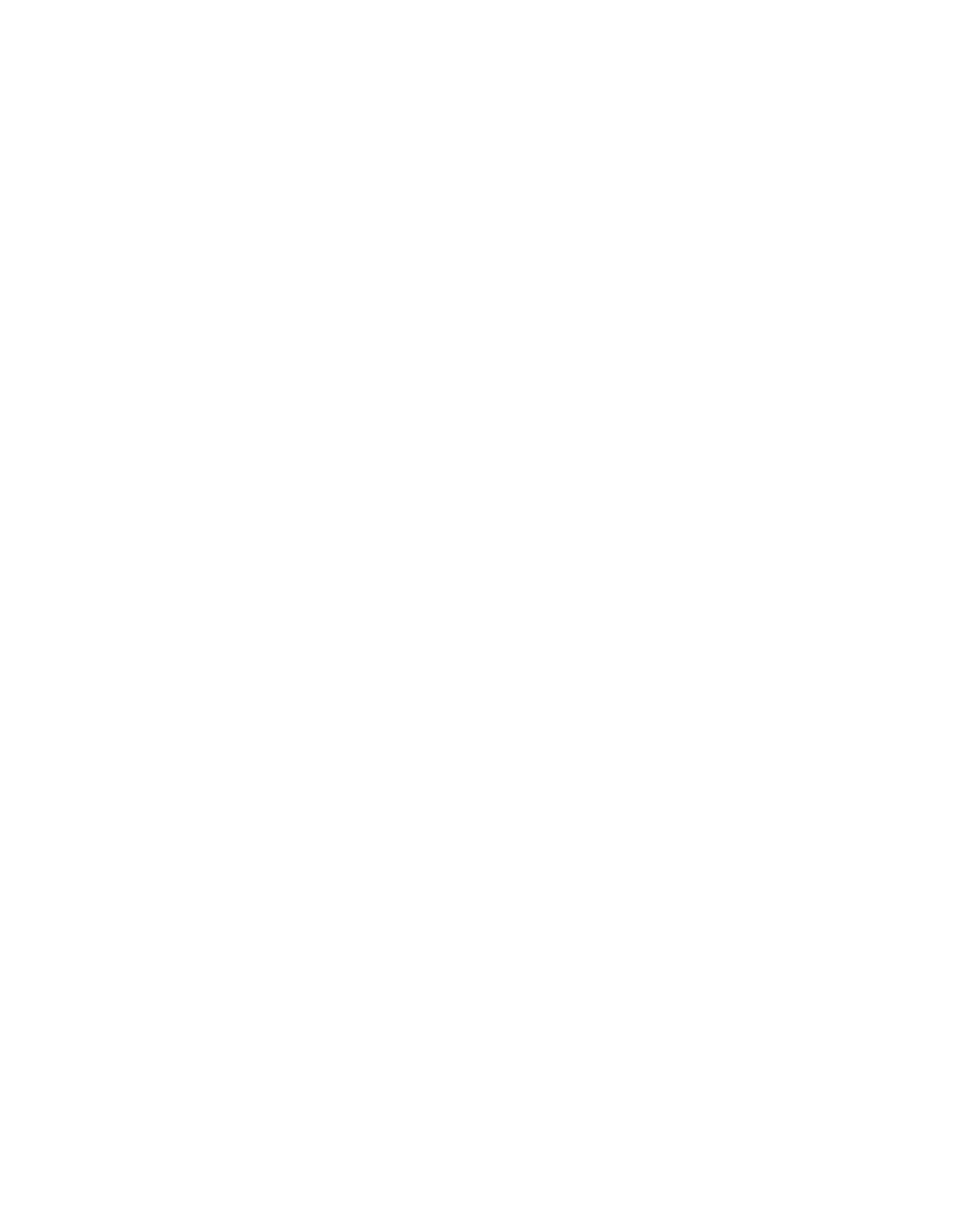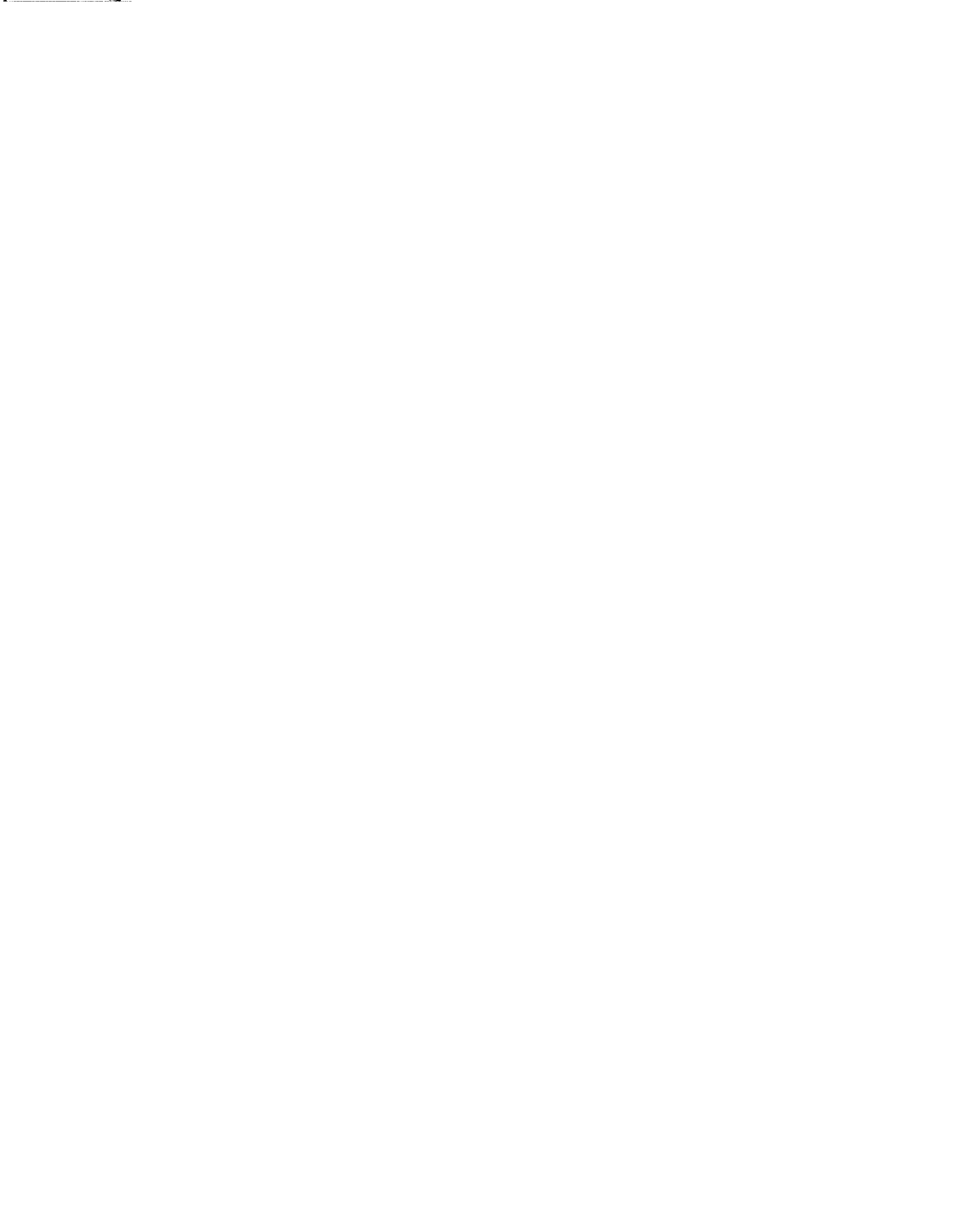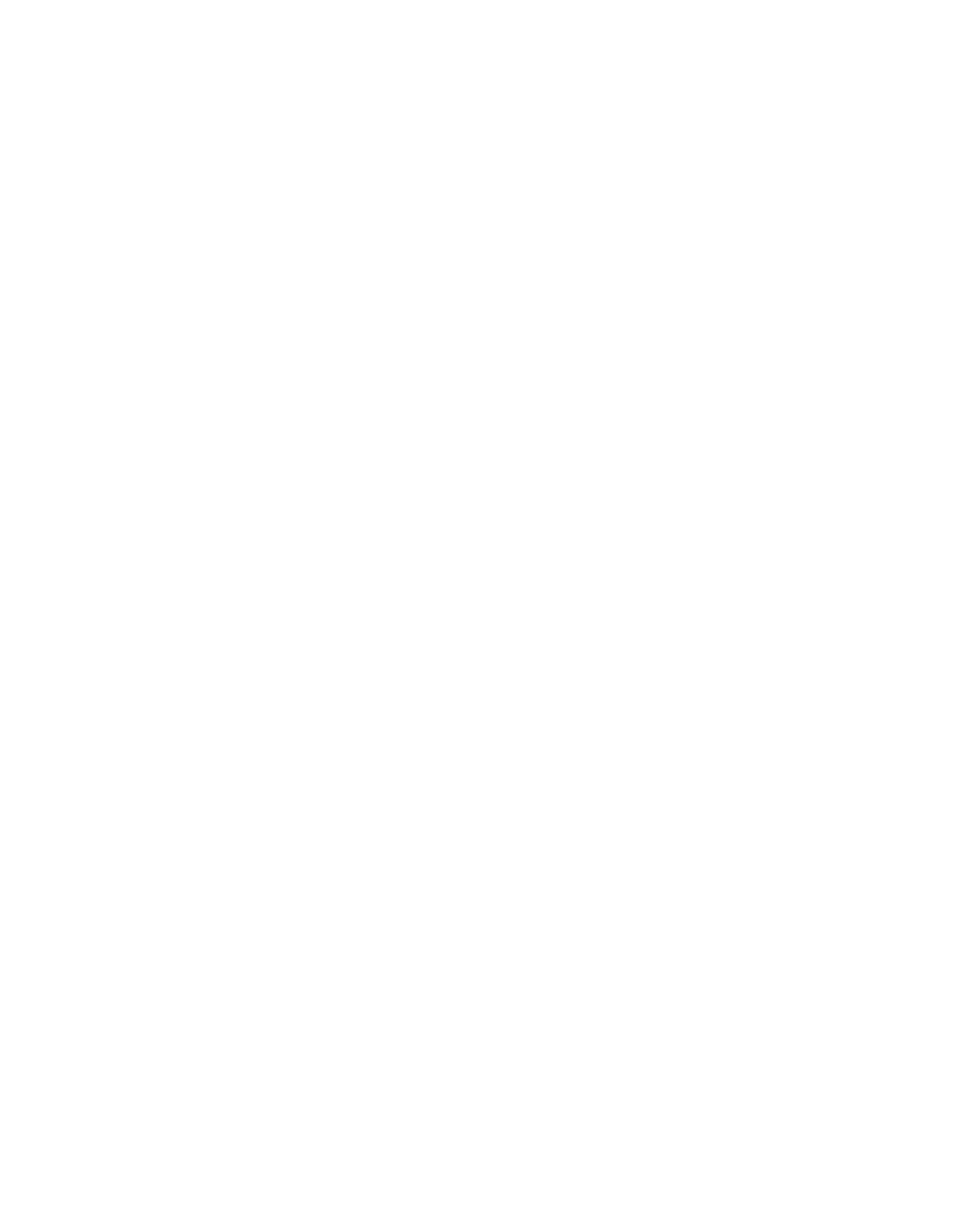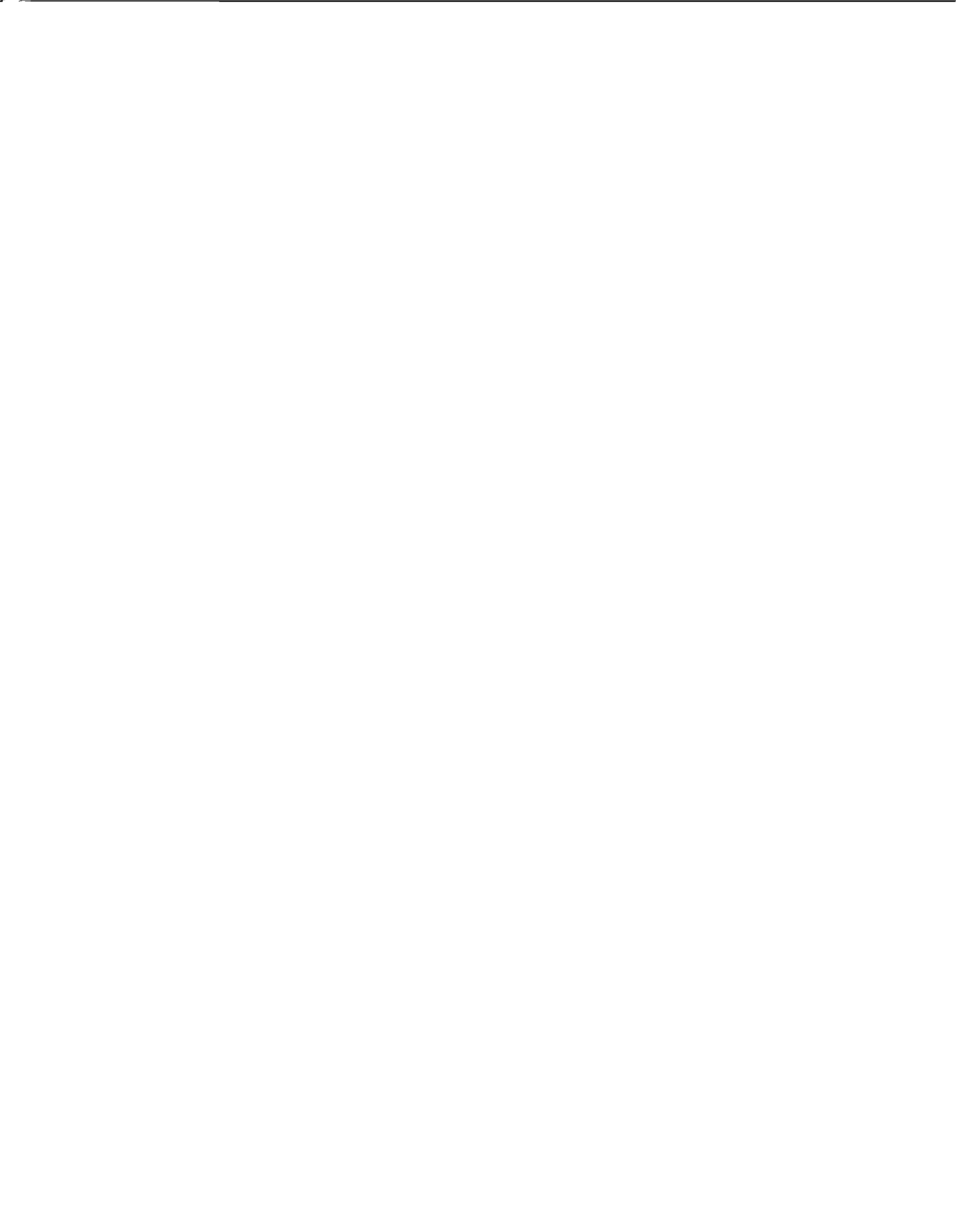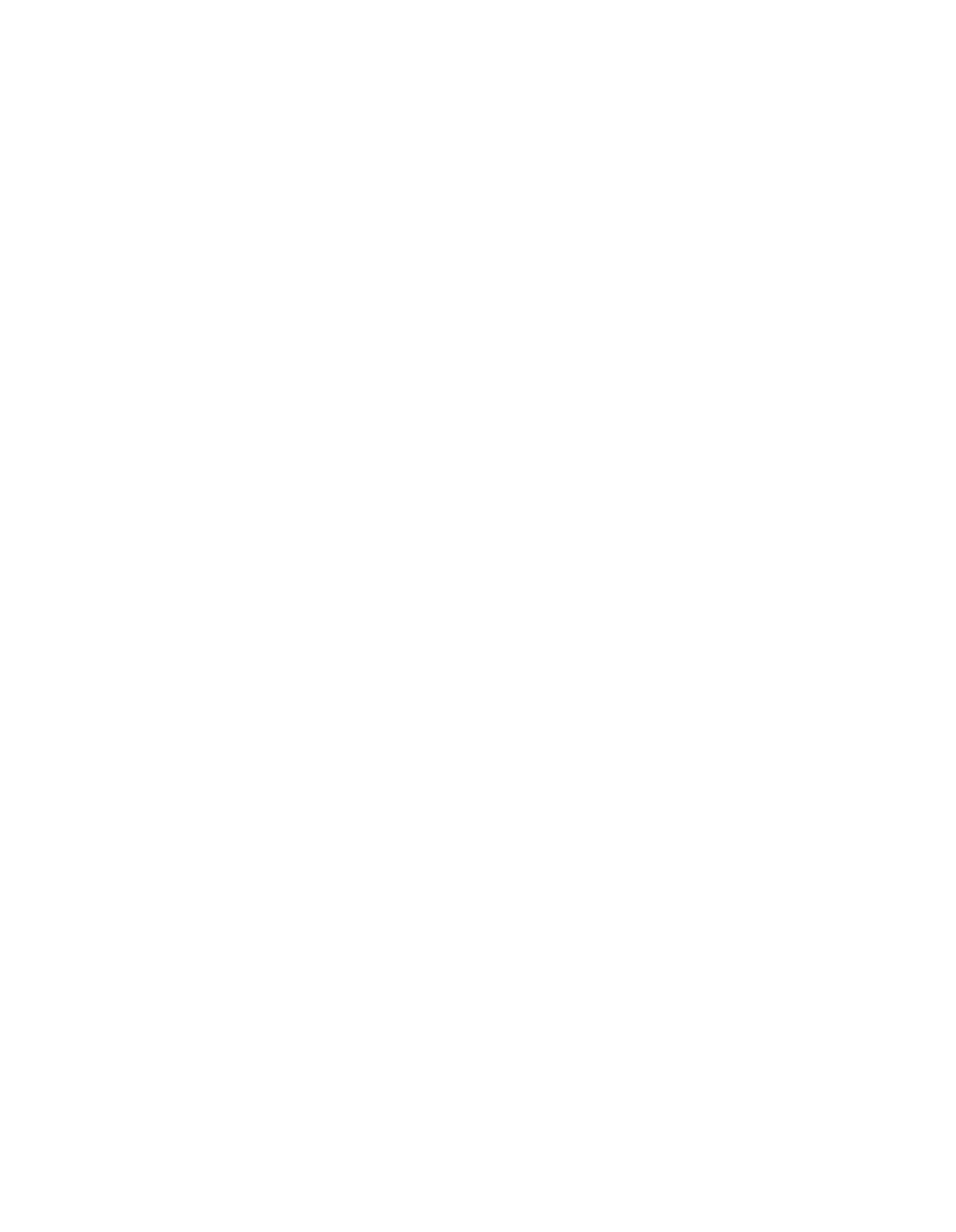RECEIVED
CLERK’S OFFICE
FEB
22
2005
BEFORE THE ILLINOIS
iN THE MATTER OF:
PROPOSED AMENDMENTS TO
EXEMPTIONS FROM STATE
PERMITTING REQUIREMENTS
(35
ILL. ADM. CODE 201.146)
POLLUTION CONTROL BOARD STATE OF ILLINOIS
Pollution Control Board
)
)
)
)
)
)
R05-~
(Rulemaking
-
Air)
NOTICE OF FILING
TO:
Ms. Dorothy M. Gunn
Clerk ofthe Board
Illinois Pollution Control Board
100 West Randolph Street
Suite 11-500
Chicago, Illinois
60601
(VIA
FIRST CLASS MAIL)
Division of Legal Counsel
Illinois
Environmental Protection Agency
1021 North Grand Avenue East
Post Office Box 19276
Springfield, Illinois
62794-9276
(VIA FIRST CLASS MAIL)
(PERSONS ON ATTACHED
SERVICE LIST)
PLEASE TAKE NOTICE that I have today filedwith the Office ofthe Clerk ofthe
Illinois Pollution Control Board an original and nine copies each of ENTRY
OF
APPEARANCE
OF
CHARLES E. MATOESIAN, ENTRY
OF
APPEARANCE
OF
ROBERT A. MESSINA, ENTRY OF APPEARANCE OF N. LADONNA DRIVER,
ENTRY OF APPEARANCE OF
JEANNE
B. HEATON, ILLINOIS
ENVIRONMENTAL PROTECTION AGENCY AND ILLINOIS
ENVIRONMENTAL REGULATORY GROUP PROPOSAL OF AMENDMENTS,
STATEMENT OF REASONS
and A
MICROSOFT DISK CONTAINING THE
PROPOSED AMENDMENTS
copies ofwhich are herewith served upon you.
N. LaDonna Driver
Jeanne B.
Heaton
HODGE DWYER ZEMAN
3150 Roland Avenue
Post Office Box 5776
Springfield, Illinois
62705-5
776
(217) 523-4900
Robert A. Messina
General Counsel
Illinois Environmental Regulatory Group
3150 Roland Avenue
Post Office Box 5776
Springfield, Illinois
62705-5776
(217) 523-4942
Respectfully submitted,
ILLINOIS ENVIRONMENTAL
REGULATORY GROUP,
By:
One of Its Attorneys
Dated:
February
17, 2005
THIS FILING SUBMITTED ON RECYCLED PAPER
CLERK’S OFFICE
STP\TE OF
~LL1NOtS
PoltUttoT~CoPtr0~
Board..
~
MATTER OF:
ENTRY OF APPEARANCE OF CHARLES E. MATOESIAN
NOW
COMES CHARLES E.
MATOESIAN, and hereby enters his appearance in
this matter on behalfofthe Illinois Environmental Protection Agency..
Respectfully submitted,
Dated:
Charles E. Matoesian
Charles E. Matoesian
Illinois Environmental Protection Agency
Division ofLegal Counsel
1021 North Grand Avenue East
Post OfficeBoxJ9276
—
Mail Code
#21.
Springfield, Illinois
62794-9276
(217) 782-5544
BEFORE THE ILLINQIS POLLUTION CONTROL BOARD
PROPOSED AMENDMENTS TO
EXEMPTIONS FROM STATE
PERMITTINGREQUW~.EMENTS
(35
ILL. ADM. CODE 201.146)
)
)
R05-
)
.
(Rulemaking
-
Air)
)
)
IERG:OO1IFiIIEOA
for C. Matoesian for Proposed Rulemaking
R E
C
~
~V
~,
CLERK’S OFFICE
FEB
22
2005
BEFORE THE ILLINOIS POLLUTION CONTROL BOA~TEOF
ILLINOIS
Pollution Control 8oarc~
IN THE MATTER OF:
)‘
)
PROPOSED AMENDMENTS TO
)
R05-
J
EXEMPTIONS FROM STATE
)
(Rulemaking
-
Air)
PERMITTING REQUIREMENTS
)
(35 ILL. ADM. CODE 201.146)
)
ENTRY OF APPEARANCE OF ROBERT A. MESSINA
NOW COMES ROBERT A. MESSINA, and hereby enters his appearance in this
matter on behalf ofthe Illinois Environmental Regulatory Group.
Respectfully submitted,
By:______________
obert A. Messin
Dated:
February 17, 2005
Robert A. Messina
General Counsel
Illinois Environmental Regulatory Group
3150 Roland Avenue
Post Office Box 5776
Springfield, Illinois
62705-5776
(217)523-4942
IERG:OO1/FiIIEOA for Alec for Proposed Rulemaking
REC~VEO
CLERKS OFFICE
FEB
22
2005
~
BEFORE THE ILLINOIS POLLUTION CONTROL BOARD
-ri~rt
OF
~LLU’~-’~
~Board
P0
fl.~
THE MATTER OF:
)
PROPOSED AMENDMENTS TO
)
.
R05-
EXEMPTIONS FROM STATE
)
(Rulemaking
-
Air)
PERMITTING REQUIREMENTS
)
(35
ILL. ADM. CODE 201.146)
)
ENTRY OF APPEARANCE OF N. LADONNA DRWER
NOW COMES N. LADONNA DRIVER, and hereby enters her appearance in
this matter on behalf ofthe Illinois Environmental Regulatory Group.
•
Respectfully submitted,
By:~~~(4
~
~‘
N. LaDonna Driver
Dated:
February
17, 2005
N. LaDonna Driver
HODGE DWYER ZEMAN
3150 Roland Avenue
Post Office Box 5776
Springfield, Illinois
62705-5776
(217) 523-4900
IERG:OO1/FiIIEOA for NLD for Proposed Rulemaking
IN THE MATTER OF:
)
)
)
RECE~V~D
CLERK’S OFFICE
FEB
22
2005
BEFORE THE ILLINOIS POLLUTION CONTROL BQARfl.
~IAUZ
OF
ILIJNOIS
PolIut~on
Control Board
PROPOSED AMENDMENTS TO
R05-
)
~j
EXEMPTIONS FROM STATE
)
(Ruleriiaking
-
Air)
PERMITTING REQUIREMENTS
)
(35 ILL. ADM. CODE 201.146)
)
ENTRY OF APPEARANCE OF
JEANNE
B. HEATON
NOW COMES JEANNE B. HEATON, and hereby enters her appearance in this
matter on behalf ofthe Illinois Environmental Regulatory Group.
Respectfully submitted,
By
Dated:
February 17, 2005
Jeanne B. Heaton
HODGE DWYER ZEMAN
3150 Roland Avenue
Post Office Box 5776
Springfield,
Illinois
62705-5776
(217) 523-4900
Jeanne B. Heaton
IERG:OOlfFiI/EOA for
JBH
for Proposed Rulemaking
)
)
)
)
R65-.\~\
(Rulemaking
—
Air)
CI
BK’S OFFICE
FEB 222005
E OF
~LUNOIS
BEFORE THE ILLiNOIS POLLUTION CONTROL BOARD
STAT
tco~B0al’d
PoUutton
Con
IN THE MATTER OF:
)
)
PROPOSED AMENDMENTS TO
EXEMPTIONS FROM STATE
PERMITTING REQUIREMENTS
(35
ILL. ADM. CODE 201.146)
ILLINOIS ENVIRONMENTAL PROTECTION AGENCY
AND
ILLINOIS
ENVIRONMENTAL REGULATORY GROUP PROPOSAL OF AMENDMENTS
THE ILLiNOIS ENVIRONMENTAL PROTECTION AGENCY (“Agency” or “Illinois
EPA”) and ILLINOIS ENVIRONMENTAL REGULATORY
GROUP (“IERG”),
pursuant to 35 Ill. Admin.
Code
102.202, move that the Board accept for hearing the
Agency’s and IERG’s proposal for amendment of35 Iii. Admin. Code Part
201.146.
This regulatory proposal includes:
1) the proposed amendments; 2) the Statement of
Reasons; 3) Appearances for the attorneys representing the Illinois EPA and Illinois
Environmental Regulatory Group and 4) a Microsoft Word
disk containing the proposed
amendments.
Respectfully submitted,
ILLINOIS ENVIRONMENTAL
PROTECTI
AGEN
•
Dated:
Feb~a~
17,
2005
•
Byf
Cipn
o
Director
ILLINOIS ENVIRONMENTAL
REGULATORY GROUP
Dated:
February
17,
2005.
By:
Executive Director
F ~i
V ED
CLERK’S OFFICE
FEB 222005
•
STATEOFILLINOIS
BEFORE THE ILLINOIS POLLUTION CONTROL BOi~JDtionControl Board
IN THE MATTER OF:
)
)
PROPOSED AMENDMENTS TO
)
R05-
EXEMPTIONS FROM• STATE
)
(Rulemaking
-
Air)
PERMITTING REQUIREMENTS
)
(35
ILL. ADM. CODE 201.146)
)
STATEMENT
OFREASONS
The Illinois Environmental Regulatory Group (“IERG”) and the Illinois
Environmental Protection Agency (“Illinois EPA”) hereby submit this Statement of
Reasons to the Illinois Pollution Control Board (“Board”) pursuant to Sections 27
and 28
ofthe Environmental Protection Act (“Act”)
(415
ILCS 5/27 and 28) and 35 Ill. Admin.
Code
§
102.202(b), in support ofthe attached proposed revisions to 35
Iii. Admin. Code
§
201.146.
I.
STATEMENT OF FACTS AND
PURPOSE
AND
EFFECT OF PROPOSAL
35
111. Admin.
Code Part 201, Subpart C, containsthe requirements for air
construction and operating permits.
Pursuant to 35
Iii. Admin.
Code
§
201.142,
a
construction permit is required when constructing a new emission source or new air
pollution control equipment.
A construction permit is also required when modifying
existing emission sources or air pollution control equipment.
The definition of
“modification,” at Section 201.102,
encompasses:
any physical change in, or change in the method ofoperations of, an
emission source or ofair pollution control equipment which increases the
amount ofany specified air contaminant emitted by such source or
equipment or which results
in the emission ofany specified air
contaminant not previously emitted.
It shall be presumed that an increase
in the use ofraw materials, the time ofoperation orthe rate ofproduction
will change the amount of any specified air contaminant emitted.
Notwithstanding any other provisions ofthis definition, for purposes of
permits issued pursuant to
Subpart D, the Illinois Environmental
Protection Agency (Agency) may specify conditions under which
an
emission source or air pollution control equipment may be operated
without causing a modification as herein defined, and normal cyclical
variations, before the date operating permits are required, shall not be
considered modifications.
35
Ill. Admin.
Code
§
201.102.
The requirements for obtaining a construction permit are extremelybroad.
In
addition, pursuant to 35 Ill. Admin. Code
§
201.143, a state operating permit is required
for a new emission source or item ofair pollution control equipmentthat
is ofa type for
which
a construction permit is required.
This permitting scheme can create a situation
where a source must wait months for a construction permit and thenperhaps wait an
additional period oftime for operating authority.
A deliberate permitting process is appropriate for significant emission units or
complicated permitting projects.
However, there are also several instances when the
delays ofpermitting are not worthwhile.
Indeed,
35 Ill.
Admin. Code
§
201.146
recognizes that there are certain categories ofemission units that do not require state
construction or operating permits.
Yet, it is noteworthy that a sizeable portion ofthe
construction permits Illinois EPA issues are for very minorprojects that have little
environmental or regulatory impact.
Further, where projects may have significant
environmental benefit, such as with the addition orreplacement of air pollution control
equipment, the permitting process delays implementation ofthe air pollution control
equipment.
This proposed rulemaking would seek to add four more categories to the permit
exemptions in Section 201.146.
Illinois EPA
and IERG have worked closely to develop
2
these additional permit exemptions.
These exemptions do not threaten the public health
or welfare.
Additionally, allowing the four additional categories ofpermit exemptions
will allow more efficient allocation of
Illinois EPA resources during a time ofbudget
concerns.
The proposed additions to Section 201.146 are discussed further below.
a.
Replacement or Addition ofAir Pollution Control Equipment for Existing
Emission Units
—
Proposed Section 201. 146(hhh~
Proposed Section 210.146(hhh) would remove the requirement to obtain a state
construction or operating permit for replacement or addition ofair pollution control
equipment at existing emission units, if certain criteria are met.
Such a permit exemption
will enable sources to install air pollution control devices without waiting several months
for a construction permit, and then perhaps waiting an additional amount oftime to
operate the control device while an operating permit application is beingprocessed.
The
currentpermitting hurdles can unnecessarily delay the air quality benefit that maybe
realized by installing and operating air pollution control equipment.
Proposed subsection (hhh) has certain applicability criteria, beginning with the
premise that the exemption only applies to
existing emission units.
Air pollution control
equipment for new emission units continues to be included in the current permit scheme,
where there is no other applicable permit exemption.
In addition, the existing emission
unit must be permitted and must have operated in compliance forthe past year
(subsection (hhh)(1
)).
This will prohibit utilizing the subsection (hhh) exemption at
emission units that are not complying with regulatory or emission standards.
Further, the
subsection (hhh) exemption will not be available at emission units that have not received
state construction or operating permits, where such permits are required.
3
The new pollution control equipment must provide equal or better control ofthe
target pollutants and the new pollution control device may not be accompanied by a net
increase in emissions ofany collateral pollutant.
These criteria (subsection (hhh)(2) and
(3)) will allow use ofthepermit exemption only where the•new orreplacement control
equipment will maintain or improve air pollution control over the prior levels.
It is the
responsibility ofthe owner or operator ofthe new air pollution equipment to make the
correct decision regarding whether the equipment will provide equal orbetter control of
the target pollutants, while not resulting in a net increase in emissions ofany collateral
pollutant.
The owner or operator assumes the permitting, regulatory and enforcement
risks ofany later determination that the owner or.operator’s conclusions were incorrect.
Subsection (hhh) will only be available where different regulatory requirements or
proposed regulatory requirements will not apply to the unit.
For example, if the
installation or operation •of the new or replacement pollution controls would trigger or
change applicability ofa New Source Performance Standard, the permit exemption does
not apply.
Finally, where the control equipment is replacing equipment that has a required
monitoring device, the replacement pollution control equipment must be equipped with
the instrumentation and monitoring devices that are typically installed on new control
equipment ofsuch type.
This will ensure that required monitoring equipment is carried
over to the replacement control device
and that such monitoring devices are ofcurrent
technology.
This provision
does not, however, require that any monitoring device be
installed with technological capabilities beyond what is requiredby the underlying
monitoring requirement.
The Board note points out that CAAPP sources are not relieved
4
ofthe obligation to seek permit modifications for necessary changes to compliance
determination methods.
b.
New Emission Units
and Modifications to Existing Emission Units at
Facilities with Federally Enforceable State Operating Permits
-
Proposed
Section 201. 146(iii)
Some sources in Illinois have federally enforceable state operating permits
(“FESOP”) limiting their potential to emit.
These sources are subject to the state
construction and operating permit requirements discussed above.
In addition, the Section
201.146 permit exemptions would apply forboth construction and
operating authority at
FESOP sources.
•
While the Section 201.146 exemption list helps to reduce the permitting burden
and delays for relatively minor projects at FESOP
sources, the exemption list is strictly
comprised ofcertain specific categories ofemission units) e.g., certain types ofstorage
tanks orfuel combustion emission units.
Yet, there can be projects at FESOP sources
that do not precisely fit the categories ofpermit exemptions in Section 201.146, but are
nevertheless relatively insignificant from an overall permitting standpoint.
Therefore,
Illinois EPA and IERG propose a “de minimis” permitting exemption for projects at
FESOP
sources, meeting certain criteria explained further below.
New emission units or modifications to existing emission units at FESOP sources
would be exempt from permitting under proposed subsection (iii) as long as the potential
~oemit ofany regulated air pollutant in• the absence ofair pollution control equipment
from the new emission unit or modification to
an existing emission unit is
less than 0.1
pound per hour or 0.44 tons per year.
Such a low hourly or annual rate of emissions
ensures that the new emission unit or modification to an existing emission unit will only
5
add a small amount ofemissions to the atmosphere.
Assuming that the new unit or
modification would operate at the maximum rate (8760 hours per year), the additional
emissions from the hourly permit exemption would only be 876 pounds per year or 0.44
tons per year.
This permit exemption threshold corresponds with an insignificant activity
designation for CAAPP sources
(35
111. Admin.
Code
§
201.210(a)(2) and (a)(3))
discussed further below.
As explained in the preceding section, the owner or operator
assumes the responsibility and therisk for an inaccurate determination regarding the de
minimis emissions threshold.
Another applicability criterion for this permit exemption is that the rawmaterials
and fuels used orpresent in the emission unit that cause or contribute to emissions, based
on the information contained in Material Safety Data Sheets for those materials, do not
contain a hazardous air pollutant equal to or greater than 0.01
percent by weight.
Again,
this requirement follows the corresponding insignificant activity regulations for CAAPP
sources and ensures permitting will still occur when HAPs are involved.
In order to qualif~’
forthe proposed exemption at subsection (iii), the emission
unit or modification must not be subject to an emission standard or other regulatory
requirement pursuant to
Section
111 ofthe federal Clean AirAct.
This will ensure that
any projects that would trigger applicability ofNew Source Performance Standards will
undergo pre-construction review with Illinois EPA.
Note that because proposed
subsection (iii)(2) prohibits the use ofthe exemption where HAPs are involved, Section
112 of the Clean Air Act would not be affected by this provision.
In addition, the permit exemption will not apply where potential emissions of
regulated air pollutants from the emission unit, in combination with emissions from
6
existing units or other proposed units, trigger permitting requirements under Section 39.5,
permitting requirements under Sections
165 or 173 ofthe federal Clean Air Act, orthe
requirement to obtain a revised federally enforceable state operating permit limiting the
source’s potential to
emit.
This provision is designed to require pre-construction review
with Illinois EPA where the project would trigger New Source Review (Sections
165 and
173 ofthe Clean Air Act), or would require the taking of federally enforceable emission
limits to avoid New Source Review.
This provision also would require permitting where
the additional emissions from the project could change the source’s status with respect to
its potential to emit.
Finally, thepermit
exemption at proposed subsection (iii) would not apply if the
source is the subject ofcertain specified compliance or enforcement matters related to
the
air emissions ofthe source.
This would ensure that the permit exemption would not be
used when there are outstanding compliance or enforcement issues.
c.
New Emission Units or Modifications to Existing Emission Units at
Permitted Sources That Are Not Major Sources or FESOPs
-
Proposed
Section 201. 146(ijj)
The majority ofpermitted sources in Illinois are not major sources subject to
section
39.5
(CAAPP) and do not have a federally enforceable state operating permit
limiting their potential to emit.
These are truly minor sources where the addition of
emissions from small projects will not change the facility’s source status.
Yet, in recent
years, approximately halfofthe construction permits issued each year by Illinois EPA are
to minor sources.
Further, a good portion ofthese construction permits are for
modifications resulting in less than one ton per year ofincreased emissions.
7
There is great potential here forreducing the burden ofpermitting, both for
regulated minor sources and for Illinois EPA.
Illinois EPA and ERG have developed
proposed subsection (jjj), to provide construction and operating permit
exemptions for
minor sources, in certain circumstances.
First, the exemption will only apply to sources that are permitted, typically with
lifetime operating permits.
Second, new emission units or modifications to existing
emission units at minor sources would be exempt from permitting under proposed
subsection (jjj) as long as the potential to emit ofany regulated air pollutant in the
absence ofair pollution control equipment from the new emission unit or modification to
an existing emission unit is less than 0.1 pound per hour or 0.44 tons per year.
Such a
low hourly or annual rate ofemissions ensures that the addition ofthe new emission unit
or modification to an existing emission unit will only add a small amount ofemissions to
the atmosphere.
Assuming that the new unit ormodification would operate at the
maximum rate (8760 hours per year), the additional emissions from the hourly permit
exemption would only be
876 pounds per year or 0.44 tons per year.
This permit
exemption threshold corresponds with an insignificant activity designation for CAAPP
sources
(35
Ill. Admin. Code
§
201 .210(a)(2) and (a)(3)) discussed furtherbelow.
As
explained in the preceding section, the owner or operator assumes the responsibility and
the risk for an inaccurate determination regarding the de minimis emissions threshold.
Illinois EPA and ERG have studied the permitting requirements and exemptions
mother states included in USEPA Region V.
Most ofthese states have higher emission
thresholds for permitting than are being proposed in this rulemaking.
Further,
some
Region V states utilize a notification approach, in lieu ofapplying for and issuing
•
8
permits,
for certainprojects.
ERG
and Illinois EPA have developed a notification option
for projects at minor sources that may entail potential emissions slightly higher than the
•0.1
lb/hr permit exemption.
This wOuld allow Illinois EPA to be apprised ofthe project,
without delaying the project for permitting.
Underthis notification approach, flew emission units ormodifications to existing
emission units at minor sources would be able to be constructed orinstalled immediately
after the facility provides notification to
the Agency ofthe intent to construct or install
the new emission unit or modification, as long as the potential to emit ofany regulated air
pollutant in the absence ofair pollution control equipment from the new emission unit or
modification to an existing emission unit is less than 0.5 pound per hour.
Such a low
hourly rate ofemissions ensures that the addition ofthe new emission unit or
modification to an existing
emission unit will only add a small amount ofemissions to
the atmosphere.
Assuming that thenew unit ormodification would operate at the
maximum rate (8760 hours per year), the additional emissions from the permit exemption
would only be approximately two tons per year.
Proposed subsection (jjj) would not apply ifthe new emissionunitormodification
is subject to an emission standard or other regulatory requirementunder Section 111
or
112 ofthe federal Clean Air Act.
This will ensure that any projects that would trigger
applicability ofNew Source Performance Standards orNational Emission Standards for
Hazardous Air Pollutants will undergo pre-construction review with Illinois EPA.
In addition, the permit exemption will not apply where potential emissions of
regulated air pollutants from the emission unit, in combination with emissions from
existing units or other proposed units, trigger permitting requirements under Section 39.5,
9
permitting requirements under Sections
165 or 173 ofthe federal Clean Air Act, or the
requirement to obtain a revised federally enforceable state operating permit limiting the
source’s potential
to emit.
This provision is designed to require pre-construction review
with Illinois
EPAwhere the project would trigger New Source Review (Sections
165
and
173 ofthe Clean Air Act), orwould require the taking offederally enforceable emission
limits to
avoidNew Source Review.
This provision also would require permitting where
the additional emissions from the project could change the source’s status with respect to
its potential to emit.
Finally, the permit exemption at proposed subsection (jjj) would not apply if the
source is the subject of certain specified compliance or enforcementmatters relatedto the
air emissions ofthe source.
This would ensure that the permit exemption would not be
used when there are outstanding compliance or enforcement issues.
d.
Insignificant Activities at Clean Air Act Permit Program Sources
-
Proposed Section 201.146(kkk)
35
Ill. Admin. Code
§
§
201.210 and 201 ~21
1
provide categories or criteria for
insignificant activities at CAAPP sources.
Section 201.212 provides that when a CAAPP
source adds insignificant
activities it does not need to seek a CAAPP permit
modification, but must simply notif~r
the Illinois EPA ofthe added insignificant activity
at the time ofpermit renewal, or according to the procedures ofSection 39.5(12)(b) ofthe
Act, depending on the type ofinsignificant activity being added.
This
allows the CAAPP
source to promptly add a minor emission unit without waiting
for a revised CAAPP
permit to be issued.
However, nothing in Sections 201.210,
201.211 or 201.212 obviates the need to
obtain
a construction permit prior to the addition ormodification ofan insignificant
10
emission unit.
The state permit exemption list at Section 201.146
is very similar to the
insignificant activity list at Section 201.210, but there are some important differences.
For example, an emission unit that emits less than 0.1
pounds per hour ofa non-HAP
regulated pollutant, without considering control equipment, is an insignificant activity
under Section 201.2 10(a)(2).
Thus, the addition ofsuch an emission unit could be
conducted via theprocedures of Section 201.2 12 without CAAPP permit modification.
There is no statepermit exemption, however, for emission units that emit less than 0.1
pounds per hour ofnon-HAP regulated pollutants.
Therefore, a construction permit
would be requiredbefore such an emission unit could be added at a CAAPP
source, even
though the regulations
are clear that the Illinois EPA only requires notification ofthe
unit’s addition forpurposes ofthe CAAPP permit.
The owner or operator ofa CAAPP source should not be required to obtain an air
pollution control construction permit for the construction or modification ofan emission
unit or activity that is
an insignificant activity under Sections 201.210 or 201.211.
Thus,
Illinois EPA and ERG propose an addition to the permit exemptions at Section 201.146
that would do away with such a requirement.
Proposed subsection (kick) makes clear that
the notification procedures ofSection 201.212 must still be followed.
This proposed
provision also states that the permit exemption does not obviate the need for compliance
with otherwise applicable emission standards or other substantive regulatory
requirements.
II.
GEOGRAPHIC REGIONS AND SOURCES AFFECTED
11
The geographic areas affected by this proposal are the sources within the State of
Illinois that are subject to the permitting requirements of35 Ill. Admin.
Code
§
201.146.
Proposed Section 201.146 (hlhh) would apply to any permitted emission
source.
Proposed Section 201.146(iii) would apply to sources that have FESOPs.
Proposed
Section 20l.146(jjj) would apply to permitted sources that are not
CAAPP sources and
that do not have FESOPs.
Proposed Section
201 .146(kkk) would apply to CAAPP
sources.
III.
TECHNICAL FEASIBILITY
AND
ECONOMIC REASONABLENESS/IMPACT
The revisions to 35
Ill. Admin. Code
§
201.146
do not impose any new
requirements.
Instead, the proposed provisions are intended to streamline permitting for
both regulated sources and the Illinois EPA.
Therefore, an analysis oftechnical
feasibility and economic reasonableness is not appropriate or required.
IV.
COMMUNICATIONWITH INTERESTED PARTIES
IERG and Illinois EPA havehad several discussions as to
how permitting
requirements maybe streamlined in a fashion that would not interfere with any state or
federal regulatory concerns, and that would provide a more practical permitting
framework for regulated sources, as well as conserve Illinois EPA’s resources for
reviewing and
acting upon permit applications.
ERG
and Illinois
EPA have reached
agreement as to the benefit ofthe provisions contained in this rulemaking proposal.
•
V.
SYNOPSIS
OF TESTIMONY
IERG plans to present testimony from its Executive Director, Katherine Hodge, as
well as from a representative ofone of its member companies.
This testimony will focus
on the development and potential utilization ofthe proposed permit exemptions as well as
12
IERG’s analysis ofpermitting requirements and exemptions in other Region V states.
Illinois EPA plans to present testimony from Don Sutton, who manages the Permits
Section within the Bureau ofAir.
Mr. Sutton will testify regarding the volume and types
ofpermits issued by the Bureau ofAir, as well as how the proposed regulatory
amendments would improve the permit system.
VI.
MATERIALS INCORPORATED
No material is to be incorporated by reference within the subsections proposed for
addition to Section 201.146.
VII.
CERTIFICATION OF MOST RECENT REGULATION
The provisions that are proposed for addition to 35 Ill. Admin. Code
§
201.146 in
this rulemakingwould be new subsections to 35
Ill. Admin. Code
§
201.146.
Illinois
EPA and ERG certify, by their counsels’ signatures below, that the portion of 35 Ill.
Admin. Code
§
201.146 cited in this proposal is the most recent version of35
Ill. Admin.
Code
§
20 1.146,
as published on the Illinois Pollution Control Board’s Web site.
VIII.
CONSISTENCY WITH
FEDERAL
LAW
The proposed regulatory revisions will affect Illinois’ State Implementation
Program (“SIP”).
Therefore, if the proposed regulatory amendments are approved,
Illinois EPA will submit a SIP revision to USEPA.
To meet the hearing requirements for
SIP
revisions, a public hearing must be held in this rulemaking proceeding.
See 40
C.F.R.
§
§
51.102 and 51.104.
IX.
CONCLUSION
13
IERG has discussed with Illinois EPA measures that would
simplify, streamline,
and eliminate unnecessary permitting requirements.
Illinois EPA and ERG
are
proposing streamlining initiatives that would better serve regulated sources, as well as
benefit the Illinois
EPA, with no detrimental impact to the environment.
Illinois EPA and
ERG believe these provisions will provide a more practical permitting framework in
Illinois.
14
WHEREFORE,
for the reasons stated above, Illinois
EPA and ERG hereby
submit this regulatory proposal and request the Board adopt these proposed additions to
35 Ill. Admin.
Code
§
201.146.
Respectfully submitted,
ILLINOIS ENVIRONMENTAL
PROTECTION AGENCY
Dated:
/~
By:
__________________
Charles E. Matoesian
Charles E. Matoesian
Illinois Environmental Protection Agency
Division ofLegal Counsel
1021 North Grand Avenue East
Post Office Box 19276
—
Mail Code #21
Springfield, Illinois
62794-9276
(217) 782-5544
ILLINOIS ENVIRONMENTAL
REGULATORY GROUP
______
By:~~tb~*~a
£L~~
One of their Attorneys
Dated:
N. LaDonna Driver
Jeanne B. Heaton
HODGE DWYER ZEMAN
3150 Roland Avenue
Post Office Box 5776
Springfield, Illinois
62705-5776
(217) 523-4900
Robert A. Messina
General Counsel
Illinois Environmental Protection Agency
3150 Roland Avenue
Post Office Box 5776
Springfield,
Illinois
62705-5776
(217) 523-4942
15
TITLE
35:
ENVIRONMENTAL PROTECTION
SUBTITLE
B:
AIR POLLUTION
CHAPTER I:
POLLUTION CONTROL BOARD
PART 201
PERMITS AND GENERAL PROVISIONS
Section
201.146
Exemptions from State Permit Requirement
Construction or operating permits, pursuant to
Sections 201.142, 201.143, and 210.144 of
this
Part, are not required for the classes ofequipment and activities listed below in this
Section.
The permitting exemptions in this Section do not relieve the owner or operator
ofany source from any obligation to
comply with any other applicable requirements,
including the obligation to obtain
a permit pursuant to Sections 9.1(d) and 39.5 ofthe
Act,
Sections
165,
173, and 502 of the Clean Air Act or any other applicable permit or
registration requirements.
hhh)
To replace or add air pollution control equipment for existing emission units in
circumstances where:
1)
The existing emission unit is permitted and has operated in compliance for
the past year
2).
The new control equipment will provide equal orbetter control of the
target pollutants
3)
The now control device will not be accompanied by a~net
increase in
emissions of any collateral pollutant
4)
Different regulatory requirements or newly proposed regulatory
requirements will not apply to the unit;
and
5)
Where the existing
airpollution control ecp~jpment
had required
monitoring equipment, the new air pollution
control equipment will be
equipped with the instrumentation and monitoring devices that are
typically installed on the new equipment ofsuch type.
(Board note:
For
major sources subject to Section
39.5
of the Act, where the new air
•
pollution control equipment will require a different compliance
determination method in the facility’s CAAPP permit, the facility may
need a permit modification to
address the changed compliance
determination method.)
iii)
To replace, add or modify emission units at facilities with federally enforceable
state operating permits limiting their potential to emit in
circumstances where:
1)
The potential to
emit of any regulated air pollutant in the absence ofair
•
pollution control equipment from the new emission unit, orthe increase in
the potential to
emit resulting from the modification ofany existing
emission unit, is less than 0.1
pound per hour or 0.44 tons per year
2)
The raw materials and fuels used or present in the emission unit that cause
or contribute to
emissions, based on the information contained in Material
Safety Data Sheets for those materials, do not contain equal to
or greater
than 0.01
percent by weight of any hazardous air pollutant as defined
under Section
112(b) ofthe federal Clean AirAct
3)
The emission unit or modification is not subject to
an emission standard or
other regulatory requirement pursuant to
Section
111 ofthe federal Clean
Air Act
4)
Potential emissions ofregulated air pollutants from the emission unit or
modification will not, in combination with emissions
from existing units
or other proposedunits, triggerpermitting requirements under Section
39.5,
permitting requirements under Sections
165 or 173 ofthe federal
Clean Air Act, or.the requirement to obtain a revised federally enforceable
state operating permit limiting the source’s potential to emit; and
5)
The source is not currently the subject ofa Non-compliance Advisory,
Clean Air Act Section 114 Request, Violation Notice, Notice ofViolation,
Compliance Commitment Agreement, Administrative Order, or Civil or
Criminal Enforcement Action, related to the air emissions ofthe source.
jjj)
To replace, add ormodify emission units at permitted sources that are not major
sources subject to Section
39.5
and that do not have a federally enforceable state
operating permit limiting their potential to emit, in circumstances where:
1)
The potential to emit ofany regulated air pollutant in the absence ofair
pollution control equipment from the new emission unit, or the increase in
the potential to emit resulting from the modification ofany existing
emission unit is either:
a.
Less than 0.1
pound per hour or 0.44 tons per year; or
b.
Less than
0.5
pound per hour, and the Permittee provides prior
notification to the Agency ofthe intent to
construct or install the
unit.
The unit may be constructed, installed or modified
immediately after the notification is filed
2
2)
The emission unit or modification is not subject to an emission standard or
otherregulatory requirement under Section
111
or 112 ofthe federal
Clean Air Act
3)
Potential emissions ofregulated air pollutants from the emission unit or
modification will not, in combination with the emissions
from existing
units or other proposed units, trigger permitting requirements under
Section
39.5
or the requirement to obtain a federally enforceable permit
limiting the source’s potential to emit; and
4)
The source is not currently the subject ofa Non-compliance Advisory,
Clean Air Act Section
114 Request, Violation Notice, Notice ofViolation,
Compliance Commitment Agreement, Administrative Order, or Civil or
Criminal Enforcement Action, related to the air emissions ofthe source.
kick)
The owner or operator ofa CAAPP source is not required to obtain an air
pollution control construction permit for the construction or modification ofan
emission unit or activity that is
an insignificant activity as addressed by 35 Ill.
Admin.
Code
§
201.210 or
§
201.211.
Section 201.212 must still be followed, as
applicable.
Other than excusing the owner or operator ofa CAAPP source from
the requirement to obtain an air pollution control construction permit for such
emission units or activities, nothing in this provision shall alter or affect the
•liability ofthe CAAPP source for compliance with emission standards and
other
•
requirements that apply to such emission units or activities, either individually or
in conjunctionwith other emission units
or activities constructed, modified or
located at the source.
3
CERTIFICATE OF SERVICE
I, N. LaDonna Driver, the undersigned, certify that I have served the attached
ENTRY OF APPEARANCE OF CHARLES
E. MATOESIAN, ENTRY
OF
APPEARANCE OF ROBERT A. MESSINA, ENTRY OF APPEARANCE OF N.
LADONNA DRIVER, ENTRY OF APPEARANCE OF
JEANNE
B. HEATON,
ILLINOIS ENVIRONMENTAL PROTECTION AGENCY AND ILLINOIS
ENVIRONMENTAL REGULATORY GROUP PROPOSAL OF AMENDMENTS,
STATEMENT OF REASONS and A MICROSOFT DISK CONTAINING THE
PROPOSED AMENDMENTS upon:
Ms.
Dorothy M. Gunn
Clerk ofthe Board.
Illinois Pollution Control Board
100 West Randolph Street
Suite 11-500
Chicago, Illinois
60601
Matthew Dunn, Chief
Division ofEnvironmental Enforcement
Office ofthe Attorney General
188 West Randolph Street,
20th
Floor
Chicago,• Illinois
60601
Charles B. Matoesian
Division ofLegal Counsel
Illinois
Environmental Protection Agency
1021 North Grand Avenue East
Post Office Box 19276
Springfield, Illinois
62794-9276
Office ofLegal Services
Illinois
Department ofNatural Resources
One Natural Resources Way
Springfield, Illinois
62702-1271
by depositing said documents in the United States Mail, postage prepaid, in Springfield,
Illinois, on February
17, 2005.
N. LaDonna Driver
IERG:OO1/FiIJCOS for Proposed Rulemaking
